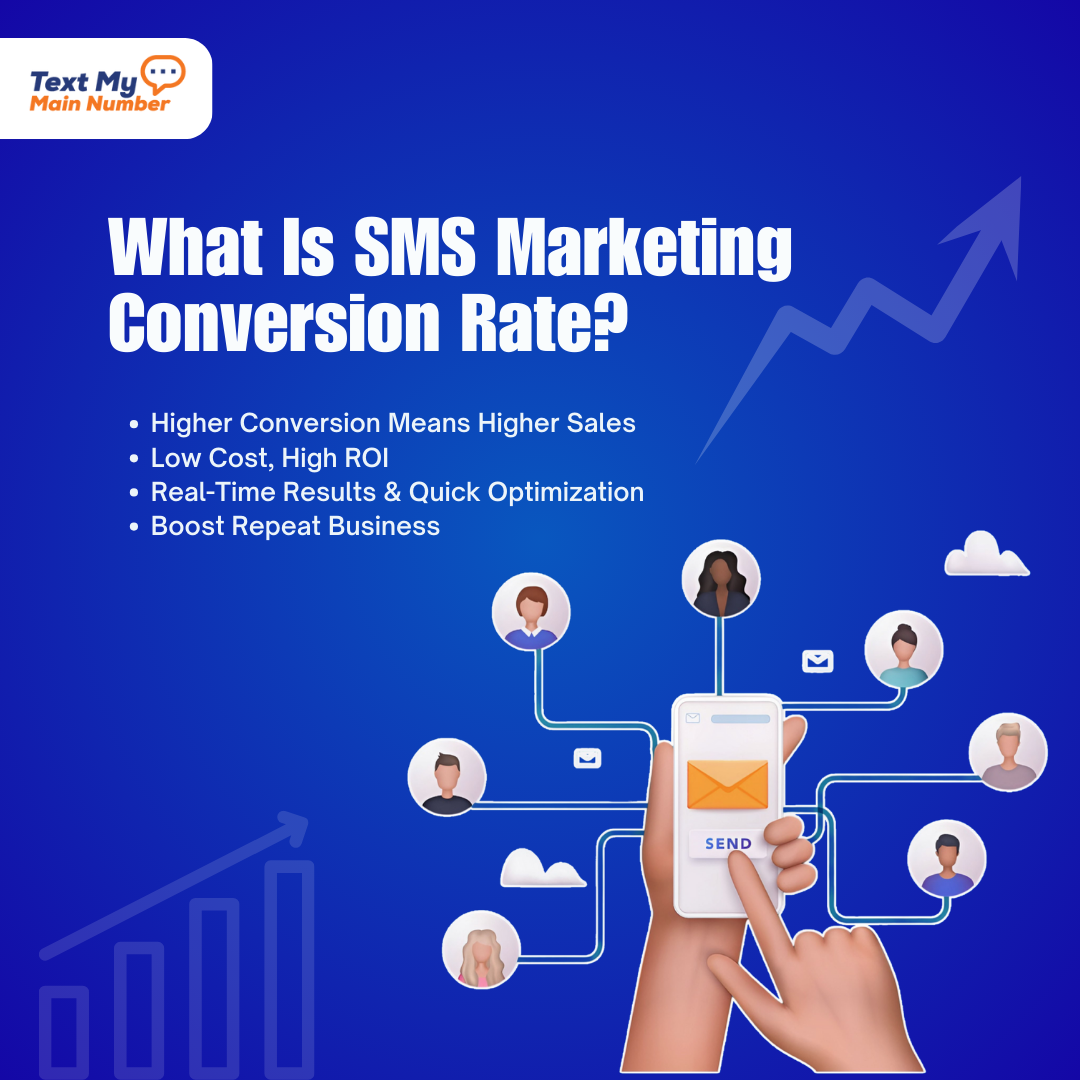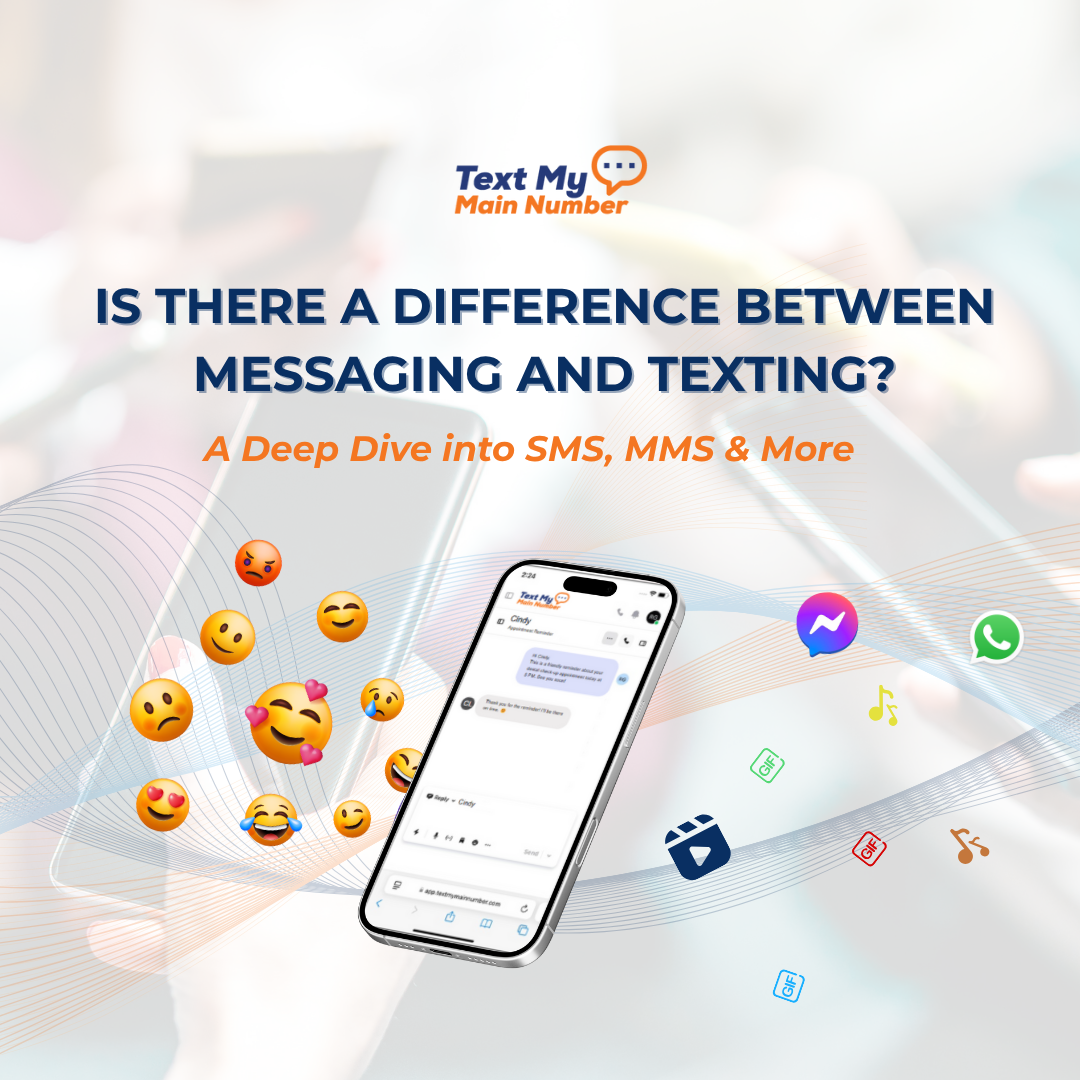Text messaging has emerged as a primary channel for business communication, with customers increasingly using SMS to engage with brands. To reach their audiences effectively, businesses must adopt the right strategies, one of which is using 10DLC (10-Digit Long Code) numbers. These numbers are specifically designed to enhance business messaging while ensuring compliance with carrier regulations.
In this comprehensive guide, we’ll cover everything you need to know about 10DLC registration—from understanding what 10DLC is and its benefits to a step-by-step guide on obtaining and registering these numbers. We’ll also explore special use cases, compliance considerations, and how 10DLC compares to other messaging solutions like toll-free numbers.
What is 10DLC?
10DLC stands for 10-Digit Long Code. These numbers resemble regular phone numbers but are designed specifically for Application-to-Person (A2P) messaging, making them ideal for businesses that need to send SMS or MMS messages to their customers. Unlike short codes or toll-free numbers, 10DLC combines the familiarity of a standard phone number with the capacity for higher message volumes.
Key Uses of 10DLC Numbers
- Marketing Campaigns: Send promotions, offers, and announcements to engage your customers.
- Transactional Messages: Provide shipping updates, order confirmations, and account alerts.
- Informational Content: Share reminders, alerts, and customer support messages.
Key Advantage
The primary benefit of 10DLC numbers is their ability to support higher-volume messaging while reducing the risk of being flagged as spam.

Benefits of 10DLC Registration
10DLC registration is essential for businesses that want to use these numbers legally and effectively. Registered 10DLC numbers offer improved message deliverability, greater compliance with carrier regulations, and reduced risks of being flagged as spam. Here are the primary benefits of registering:
1. Increased Deliverability
Messages sent via registered 10DLC numbers enjoy better delivery rates, ensuring more messages reach their intended recipients.
2. Higher Security
The registration process involves additional security measures, ensuring the protection of sensitive information exchanged via messages.
3. Professionalism
A registered 10DLC number presents your business as professional and trustworthy, fostering stronger customer relationships.
4. Regulatory Compliance
Compliance with carrier guidelines helps you avoid unnecessary fees and message blocks, keeping your communication seamless.
5. Enhanced Customer Engagement
Higher deliverability and a professional image contribute to better response rates and increased customer satisfaction.

How to Obtain and Register 10DLC Numbers
Here’s a step-by-step guide to registering your 10DLC number. The process may vary slightly depending on your messaging provider and carrier, so review their guidelines carefully.
Step 1: Choose a Messaging Provider
Partner with a messaging provider that offers 10DLC services and supports your communication needs. Ensure they provide guidance on registration and compliance.
Step 2: Gather Business Information
You will need to submit detailed information about your business, including:
- Business Name: The legal name of your company.
- Address: The physical address of your business.
- Business Type: Specify if you are a corporation, LLC, sole proprietorship, etc.
- Tax ID/EIN: Provide your Employer Identification Number (EIN) or other relevant tax ID.
Step 3: Outline Messaging Campaigns
Categorize your messages to help carriers understand your use case. Common categories include:
- Promotional Messages: Offers, discounts, and marketing campaigns.
- Transactional Messages: Order confirmations, delivery updates, and payment alerts.
- Informational Messages: Appointment reminders, alerts, or notifications.
Step 4: Submit Your Application for Verification
Once the required information is provided, your application will be reviewed by the carrier. This verification ensures that your messaging aligns with carrier standards and regulations.
Step 5: Pay the Registration Fee
There is a registration fee for 10DLC, which varies by provider and the number of numbers registered. Confirm the exact cost with your messaging partner.
How to Ensure Smooth Registration
To streamline the registration process and avoid potential issues, consider the following tips:
- Stay Updated: Keep up with carrier policies to ensure ongoing compliance.
- Provide Accurate Information: Registration errors can delay approval or result in penalties.
- Timely Renewal: Renew your registration on time, if required, to avoid disruptions.
- Follow-Up: Maintain communication with your provider during registration to resolve any issues promptly.
Why Avoid Unregistered Fees?
Proper 10DLC registration is essential to prevent additional fees and potential message filtering. Unregistered numbers may face:
- Higher Rates: Increased costs for sending messages.
- Increased Message Blocks: Messages are more likely to be blocked or filtered.
- Damaged Reputation: Reduced customer trust and credibility.
By registering your 10DLC numbers, you can enjoy benefits such as:
- Better Deliverability: Ensure your messages reach their destination.
- Compliance: Stay aligned with industry regulations.
- Customer Trust: Build credibility with your audience.
.png)
Types of Messages You Can Send
With a registered 10DLC number, your business can leverage text messaging for various purposes:
- Promotional Messages: Explore the Promotional Text Message Examples to apply to your business.
- Transactional Messages: Send important updates like order confirmations and shipping notifications.
- Customer Support: Provide quick, effective assistance to your customers.
What Are Special Use Cases? - A Brief Overview
Beyond standard promotional and transactional messages, 10DLC numbers offer flexibility for innovative applications through special use cases:
- Conversational Messaging: Engage in real-time, two-way conversations with customers.
- Emergency Alerts: Quickly disseminate critical information during emergencies.
- Sweepstakes and Contests: Run engaging campaigns by sending entry confirmations, winner notifications, and contest updates.
- Political Campaigns: Reach voters with campaign updates and important information.
.png)
10DLC vs. Toll-Free Numbers
While both 10DLC and toll-free numbers support text messaging, they have distinct differences:
- Area Code: 10DLC uses a specific local area code, while toll-free numbers use prefixes like 800, 888, or 877, offering a national presence.
- Local Presence vs. National Reach: 10DLC is ideal for businesses wanting to establish a local presence, whereas toll-free numbers cater to businesses seeking nationwide reach.
- Cost: 10DLC tends to be more cost-effective for moderate message volumes.
Properly registering your 10DLC number is crucial for successful business communication. It helps avoid unnecessary fees, improves deliverability, and builds customer trust. To see how 10DLC can enhance your customer engagement, explore our Affordable Bulk Text Messaging for Business and learn more about SMS vs. MMS. Start today and leverage our reliable services to drive your business growth!
FAQs
- What types of messages can I send with a 10DLC number?
You can send promotional, transactional, customer support, and other types of messages with a 10DLC number. The condition is they should comply with carrier regulations.
- How long does it take to register a 10DLC number?
The registration process usually takes a few days.
The duration can vary depending on the messaging provider and the accuracy of the information provided.
- What happens if I don't register my 10DLC number?
Unregistered 10DLC numbers may face higher fees, increased message blocks, and lower deliverability rates.

.png)


.svg)

